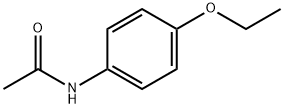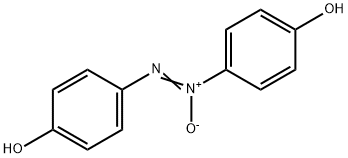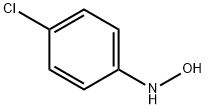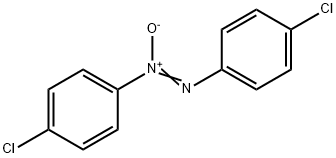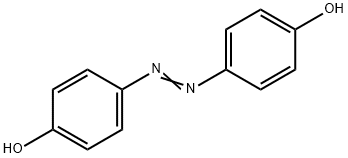Phenacetin , Melting point standard , 62-44-2
Synonym(s):
Phenacetin;Acetophenetidin;N-(4-Ethoxyphenyl)acetamide;p-Acetophenetidide;1-Acetyl-p-phenetidin
CAS NO.:62-44-2
Empirical Formula: C10H13NO2
Molecular Weight: 179.22
MDL number: MFCD00009094
EINECS: 200-533-0
| Pack Size | Price | Stock | Quantity |
| 1G | RMB207.20 | In Stock |
|
| others | Enquire |
PRODUCT Properties
| Melting point: | 133-136 °C (lit.) |
| Boiling point: | 132 °C / 4mmHg |
| Density | 1.1248 (rough estimate) |
| refractive index | 1.5710 |
| Flash point: | 2℃ |
| storage temp. | Sealed in dry,Room Temperature |
| solubility | Chloroform (Slightly), Methanol (Slightly) |
| pka | pKa 2.2(H2O) (Uncertain);3.5(aqueous acetone) (Uncertain) |
| form | powder |
| color | White |
| Water Solubility | 0.076 g/100 mL |
| Sensitive | Hygroscopic |
| Merck | 14,7204 |
| BRN | 1869238 |
| Stability: | Stable. Incompatible with strong oxidizing agents, strong acids. |
| InChIKey | CPJSUEIXXCENMM-UHFFFAOYSA-N |
| LogP | 1.580 |
| CAS DataBase Reference | 62-44-2(CAS DataBase Reference) |
| NIST Chemistry Reference | Acetamide, N-(4-ethoxyphenyl)-(62-44-2) |
| IARC | 1 (Vol. 24, Sup 7, 100A) 2012 |
| EPA Substance Registry System | Phenacetin (62-44-2) |
Description and Uses
Phenacetin, a painkiller, was the world’s first synthetic pharmaceutical drug. It was one of the first painkillers that was not derived from opium while at the same time being absent of antiinflammatory qualities. Phenacetinwas developed in 1878 by an American chemist, Harmon Northrop Morse. It was introduced into the pharmaceutical market in 1887. However, it was withdrawn in 1983 in the United States due to unacceptable levels of interstitial nephritis in patients and potential risks of tumorigenicity. Like in the United States, most Western countries did not ban phenacetin from marketing until 1983. Phenacetin is a component of APC (aspirin-phenacetin-caffeine).
Analgesic, antipyretic. Component of APC tablets, analgesic mixture also containing aspirin and caffeine. Phenacetin is reasonably anticipated to be a human carcinogen; analgesic mixtures containing Phenacetin are listed as known human carcinogens.
Safety
| Symbol(GHS) |   GHS07,GHS08 |
| Signal word | Danger |
| Hazard statements | H302-H350 |
| Precautionary statements | P201-P202-P264-P270-P301+P312-P308+P313 |
| Hazard Codes | T,F |
| Risk Statements | 45-22-20/21/22-36-11 |
| Safety Statements | 53-45-36/37-26-16 |
| RIDADR | UN 3077 9 / PGIII |
| WGK Germany | 3 |
| RTECS | AM4375000 |
| TSCA | Yes |
| HS Code | 29251995 |
| Hazardous Substances Data | 62-44-2(Hazardous Substances Data) |
| Toxicity | LD50 orally in rats: 1.65 g/kg (Boyd) |

